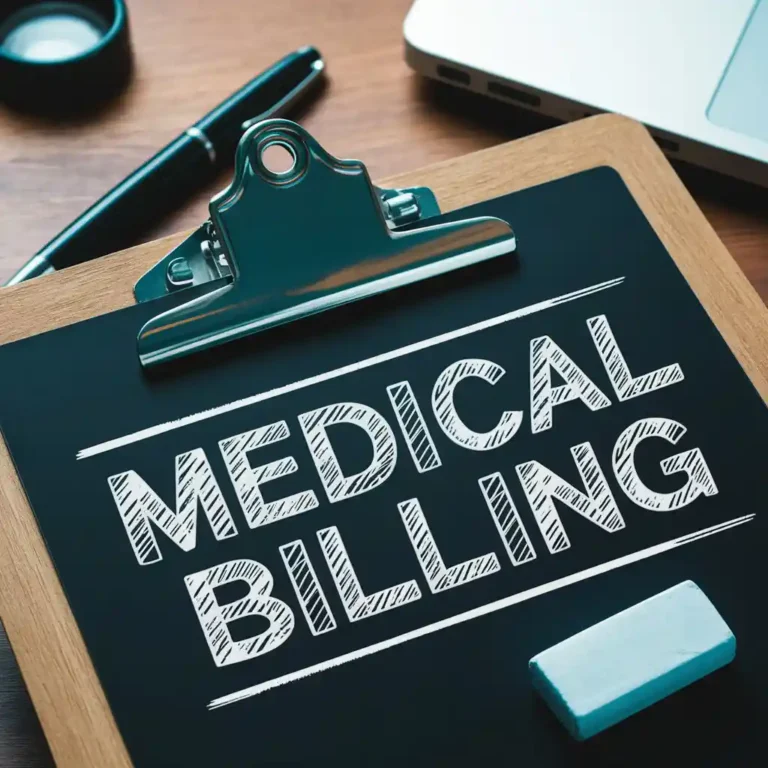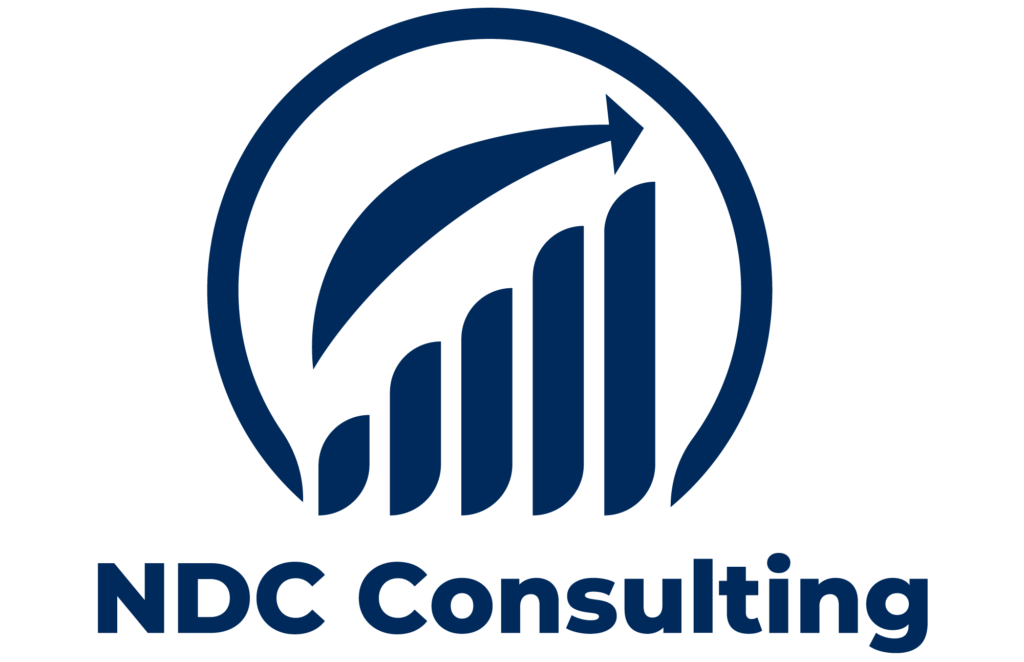
The financial viability of healthcare providers is significantly impacted by medical billing. That can be a difficult procedure, though, and one that is costly, time-consuming, and prone to mistakes.
Fortunately, medical billing software provides a way to overcome the difficulties faced by healthcare professionals. This blog post will discuss the difficulties associated with medical billing, the benefits of software, and the essential characteristics to search for in such software.
Addressing Healthcare Billing Difficulties
Managing patient data, coding, filing insurance claims, and adhering to regulations are all part of the complex process of medical billing.
Errors in this procedure have the potential to result in lost income due to delayed or denied payments for claims. It can also be extremely difficult to handle the large amount of claims, which results in workflow inefficiencies.
Patients and healthcare providers both experience the effects of billing issues. Pen and paper procedures remain popular throughout the patient experience, despite the fact that 62% of patients still prefer digital patient portals for bill payment.
Errors in the processing of claims may cause more than just inconvenience. For patients, they may have serious consequences. Unexpected expenses and delayed billing cycles can cause financial burdens and difficulties, making it harder for patients to receive the essential care.
Furthermore, errors in claim submissions cause unnecessary anxiety to an already emotionally charged procedure. We may reduce the burden on our patients, coworkers, and finance departments by minimizing the possibility of errors occurring during the claims processing procedure.
Benefits of Software for Medical Billing
To streamline their billing procedures, an increasing number of healthcare providers are using medical billing software. Investing in medical billing software has transformative effects and offers several benefits.
Decreased Errors
Errors may occur from manual billing procedures, which raises the possibility of claim denials and delayed refunds. You may reduce the possibility of errors by using medical billing software.
By using automated features to make sure the right codes are used and the latest claims laws and regulations are followed, the software reduces the possibility of errors. Therefore, this raises the possibility that your claims will be accepted and that you will receive the reimbursement faster.
Faster Reimbursements
The process of filing insurance claims is streamlined when medical billing software is used, so you may anticipate receiving reimbursed more quickly. Your practice will function more efficiently the quicker you receive your reimbursements.
The automatic functions of the software are used to send claims to the correct payer in an appropriate manner and to monitor them until payment is received. Ensuring prompt reimbursement and reducing the duration required for claim follow-up are the results of this.
Comprehensive Patient Data Administration
Healthcare organizations must keep patient information up to date, and medical billing software may make this process more efficient. You can effortlessly track patient data with the software, including visit history, insurance information, demographics, and billing records.
This all-inclusive data management system helps minimize billing process delays by ensuring that your billing records are current and simply accessible.
Simplified Insurance Claims
The manual handling of insurance claims can be time-consuming and difficult.
Software for medical billing streamlines the procedure by automatically detecting mistakes and tracking down denied claims. As a result, the procedure goes considerably more quickly and easily for you and your patients.
Improves Efficiency and Saves Time
By accelerating the billing and reimbursement procedures, medical billing software helps your practice save time by reducing the possibility of errors.
By automating certain tasks, the program allows you to concentrate on other important aspects of your organization, including giving your patients high-quality care.
Key Features of Effective Medical Billing Software
Selecting the appropriate medical billing software is essential to ensuring that healthcare providers can optimize its advantages. Healthcare providers should consider several essential elements while assessing different software systems.
- Custom reporting: To assess key performance indicators (KPIs) and obtain understanding of your billing process, custom reporting and analytics are essential. Search for software that helps you create reports that are customized to the needs of your particular practice.
- Electronic submission of claims: Managing paper claims takes a lot of time and can be inaccurate. Electronically submitting claims reduces the possibility of error and saves time, which speeds up the approval and payment of claims.
- Data encryption: In medical billing software, patient data protection should always come first. PHI (Personal Health Information) should be securely stored and encrypted by the program using various layers of protection.
- Integrated payment processing: Practices and patients should find it simple to manage payments using medical billing software. Choose a software program that supports many payment methods, including credit card, ACH, and electronic checks, and has an integrated payment processing system.
- Compliance with Rules and Industry Standards: HIPAA and other industry standards should be followed by medical billing software. This feature makes sure that any data sent or stored in the system is safe and that your practice continues to comply with legal and regulatory obligations.
When using software to address your medical billing issues, keep these essential aspects in mind and follow these four practical steps:
Step 1: Determine Your Software Requirements
Prior to selecting the right software for your practice, you must comprehend the particular billing challenges you face. This involves pinpointing problem areas, evaluating current processes, and getting feedback from relevant stakeholders.
Using surveys is an easy way to determining your actual medical billing software requirements. Find out what issues with medical billing that physicians and employees are having around the practice.
For further information and clarification, you can also decide to perform in-depth interviews with a representative of each department within the medical practice.
You can get buy-in and make sure that everyone is on the same page by incorporating stakeholders such as employees in the process.
After that, make a list of the essential features and capabilities, such support for different payers and claim scrubbing tools, that any medical billing software solution must have for your medical practice.
Step 2: Choose a User-Friendly Software
It’s time to start analyzing different alternatives when you’ve determined your software requirements. Staff members who handle medical billing frequently have to use a variety of tools and software on a daily basis.
It is essential to search for software that is easy to use, clear, and simple to understand because of this. Your staff members should be able to adapt quickly and without much training.
Choose user-friendly software that fits well with your workflow, has a customizable interface, and gives top-notch customer service.
Make sure to take into consideration its integration capabilities as well. Will it work in perfect alignment with existing EHR system, or will you need to make extra adjustments to make room for the new software?
Step 3: assure Data Security and Compliance
Strict regulatory criteria apply to the healthcare industry. To comply with the Health Insurance Portability and Accountability Act (HIPAA), your medical billing software solution must meet standards for patient data security.
One of the easiest ways to make sure your practice complies with HIPAA regulations is to use a premium, cloud-based medical billing technology system. You can reduce the risk of internet attacks on your data by storing your patient and billing information in cloud-based software from a trustworthy vendor.
Medical billing software ensures that the software is always up to date and automatically backs up important data. Furthermore, patient information will be protected by HIPAA-compliant medical billing technology, which will restrict access to authorized staff only.
Step 4: Simplify Payments and Billing Cycles
To optimize your billing and payment cycles, the final step is to utilize your medical billing software system. Better cash flow and faster reimbursements can be achieved by implementing automated billing systems, which may also reduce manual errors and delays.
Consider about setting up automated reminders for follow-up procedures, billing, and patients with outstanding balances. Additionally, in order to improve your billing procedures over time, use data analytics tools to track important metrics like patient A/R and denial rates.
Continuous Enhancement and Adaptation to Change
Medical billing software is an essential component of healthcare organizations’ daily activities and is essential to their success. It is crucial to take seriously the perspectives provided by frontline healthcare providers because of this.
Ensuring that all perspectives are considered at each step results in a better conclusion. By including end users, you can make sure the system is customized to meet their needs and find the most effective deployment strategy.
Keeping workers informed at every stage eventually encourages a cohesive team with outstanding communication throughout the entire firm.
The appropriate software can help healthcare professionals successfully navigate the complicated world of medical billing. More precision, effectiveness, and peace of mind are assured with this strategy.
Embracing technological solutions increases patient experience by optimizing internal operations and reducing billing errors and delays.

